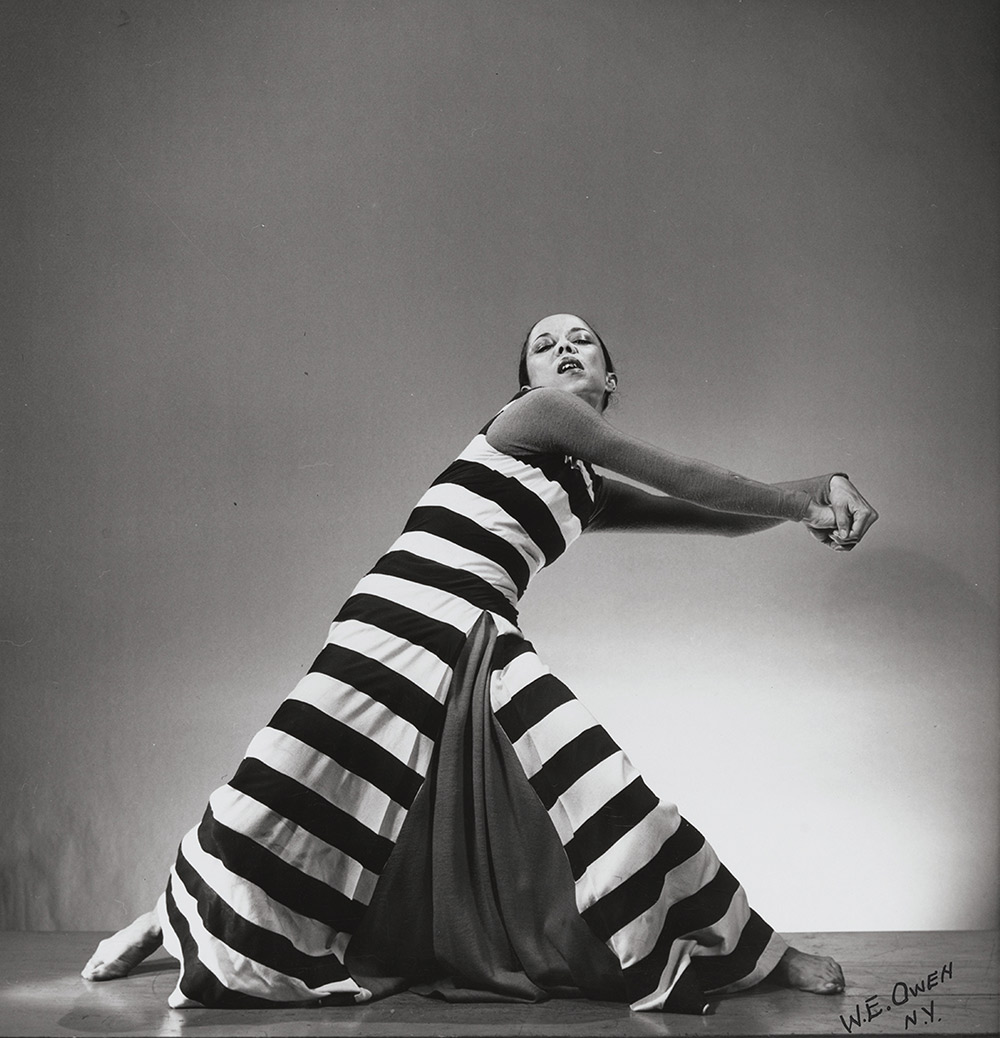Manifesto of the Unsung
he air fairly crackles with energy as Ninotchka Bennahum ’86 and Bruce Robertson ’76 describe the rigorous, Socratic-seminar-style debate that characterizes their collaborative process. “We argue a lot. We’re good at it,” says Bennahum.
The two friends, colleagues at the University of California-Santa Barbara, where Bennahum is director of dance studies in the Department of Theater and Dance, and Robertson is is Professor Emeritus, History of Art & Architecture, approach historical material very differently. They ground their lively exchange of ideas in interdisciplinary research, a commitment to pedagogy, respect for their subject and one another, and an overarching passion for social justice. Border Crossings: Exile and American Modern Dance, 1900–1955 at the New York Public Library for the Performing Arts at Lincoln Center is the third major exhibition they’ve curated over 12 years of working together.
Deconstructing traditional dance modernism requires strong documentation, but “dance is focused on elusive imagery: a dancing body that appears to disappear … gone after the moment of performance,” says Bennahum. When they discovered photos by Carmen Schiavone from 1947 of Katherine Dunham on a Cuban tour, “leaping and dancing in nature in the most profoundly liberated fashion,” says Robertson, “we knew we had an exciting exhibition.”
Knowing they had something to build on, and fueled by their desire to share the long and nuanced history to which contemporary dancers and students are heir, they forged ahead with a Swarthmorean fearlessness. “Ninety percent of this was new material,” says Robertson.
“In challenging previous histories of modern dance, the exhibition is focused on how war and inequality shaped aesthetic philosophies that reconfigured ‘the modern’ in dance,” says Bennahum. The stunning image of Dunham and a beautiful exhibition brochure welcome visitors to Border Crossings. A wall of iconic portraits sets the stage for seeing the performers as people — an invitation to witness the beauty, pain, and complexity of lived biographies that emerge with their art.
The exhibition begins with Native American (First Peoples) and African American dancers including Aida Overton Walker, who faced virulent racism and dangerous transborder crossings. The following sections present those who crossed literal international borders, including José Limón from Mexico and Asian dancers like Uday Shankar.

Bennahum and Robertson were able to bring all of this material together because of their unique access to preeminent archives — a privilege they grew to appreciate even more during the pandemic. “We had a long time to contemplate the meaningfulness of the absence of that archive,” says Bennahum. Archival recovery pushes back against silencing and erasure, as the show renders visible the fragile themes of exile that gave modern dance its language. “Migrating from place to place becomes the iconography of the modern,” she says.
Throughout the exhibition, a combination of rare early film footage and still images results in a more complete archive that captures the dynamism of the BIPOC body, the laboring body, the body carrying the trauma of war — the political, asylum-seeking, exiled, border-crossing body. It is, Bennahum says, “a manifesto of the unsung.”
To unpack this history of dance modernism, Border Crossings gives rare geopolitical context. “Why do we see modern dance only through aestheticization, leaving out the larger historical experience?” Bennahum asks. In the 1920s and 1930s, for example, many modern dancers were members of the Communist Party-aligned dance arm, the Workers Dance League.
In 1951, Janet Collins became the first Black ballerina at the Metropolitan Opera — three years before Brown v. Board of Education. Performers were pleading with audiences to bear witness to American racism, and they in turn influenced Carmen De Lavallade, Alvin Ailey, and a generation who shaped the future of dance. “Dancers today need to understand that they have a history that’s a hundred years old — and that can have a profoundly enriching effect on contemporary performance,” says Robertson.

Robertson and Bennahum encourage fellow Swarthmoreans to consider how the exhibition challenges the traditional modernist narrative and to focus on a dancer or movement or period of history that intrigues them. “If something stays with you, we’ve succeeded,” Robertson says. “Walk slowly through the space. Take your time. And tell us what you think,” says Bennahum.
As they prepare for Border Crossing’s opening on the West Coast in 2024, Bennahum continues to teach and work on a critical examination of American Ballet Theatre titled Exile and Modernity: American Ballet Theatre in the Shadow of War, and Robertson, now retired, is focusing on reconstructing a biography of Robin Mills, the Black subject in William Sidney Mount’s 1847 painting “The Power of Music.”